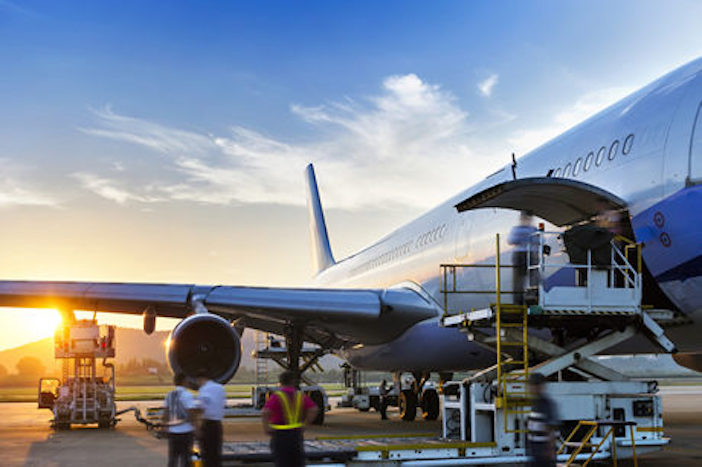Politicians in the US have put forward legislation which could see up to US$55 million into research programs to reduce the environmental impact of aviation, including funds for the development and commercialization of sustainable jet fuels.
The funding is part of the H.R. 2, “The Moving Forward Act,” a US$1.5 trillion infrastructure Bill which will fund improvements to roads and bridges, municipal broadband internet, affordable housing, green energy and rail if passed into law.
The bill authorizes US$5,000,000 annually through 2025 for work performed by the Center of Excellence for Alternative Jet Fuels and Environment, including toward “programs to assess and reduce the environmental impacts of aviation and to improve the health and quality of life of individuals living in and around airport communities.”
The distribution of the funds would be overseen by the FAA, which is a partner in the Center alongside NASA, the Department of Defense, Transport Canada, and the Environmental Protection Agency and a network of research universities and companies.
The Center, which is also known as Ascent aims to create “science-based solutions” for challenges such as improving air quality, reducing noise and climate impacts and improving the quality of life for those who live close to airports.
The bill also authorizes $30 million per year for the study and development of sustainable aviation fuels over the same period.
Trade body the National Air Transportation Association (NATA) applauded the inclusion of the sustainable jet fuel program in the Bill.
President and CEO of NATA Timothy Obitts said, “We believe that provisions like these that affirm and assist our collective efforts will help foster the impactful breakthroughs and long-term progress our industry is working to contribute through innovation, collaboration, and education.”





